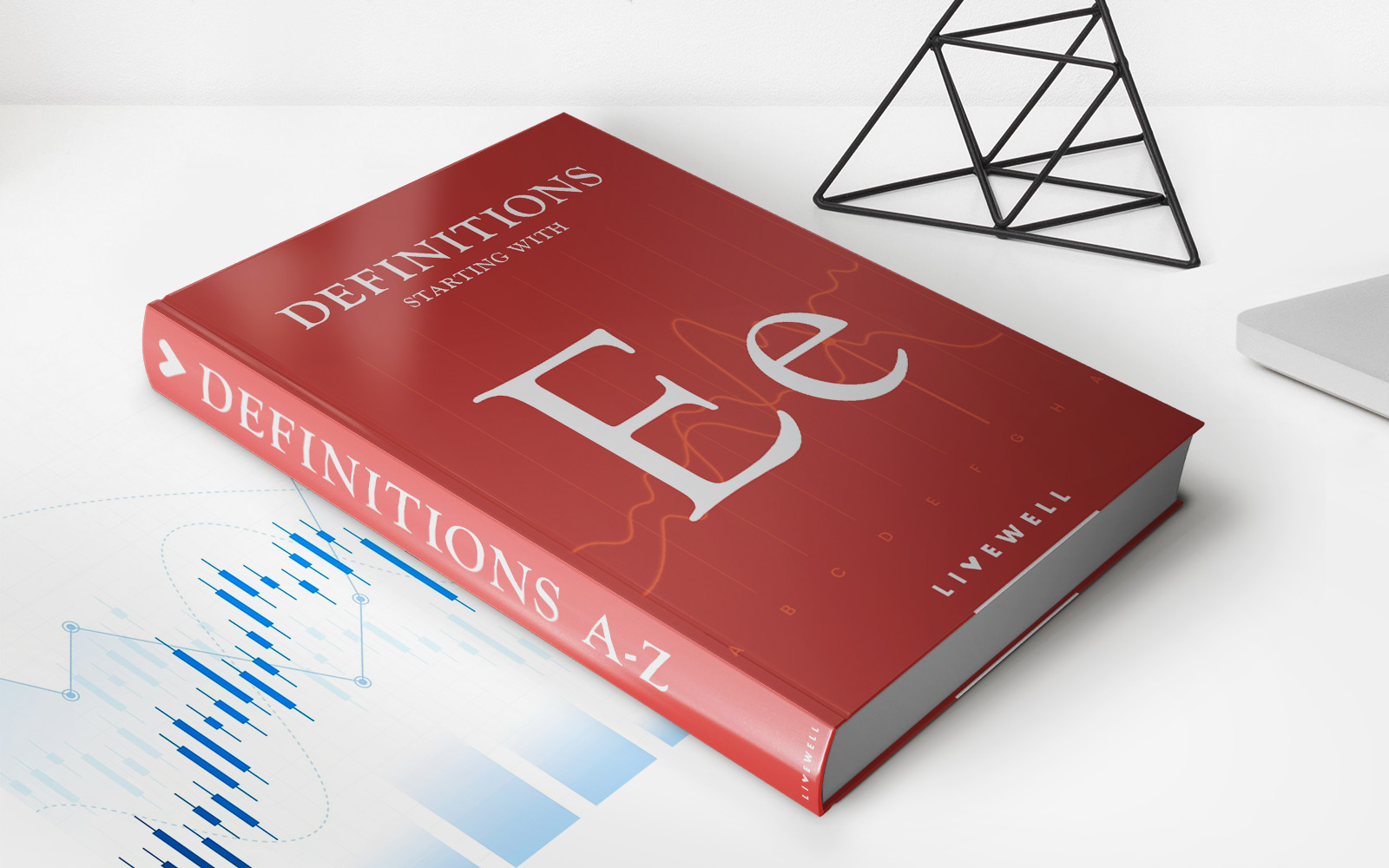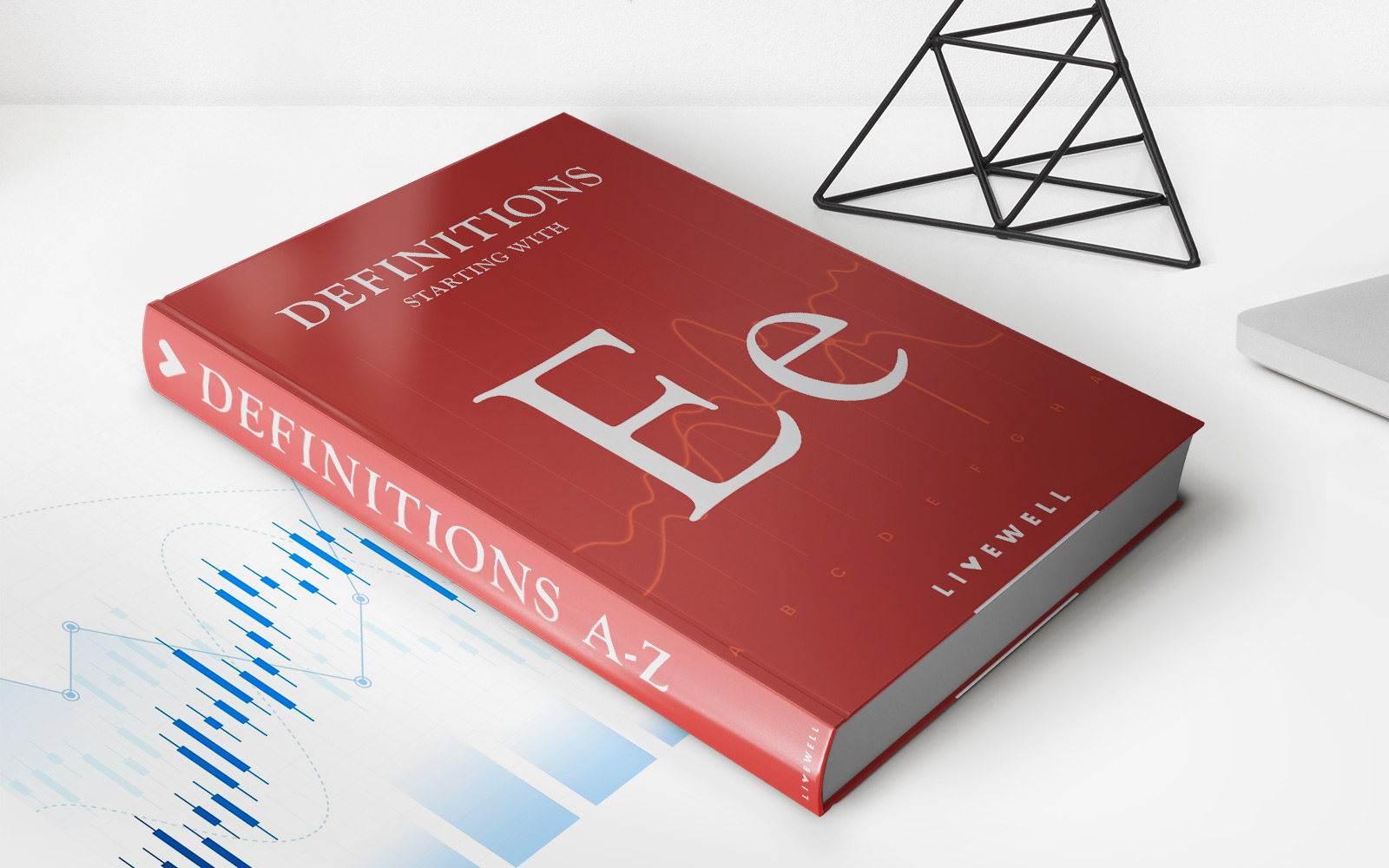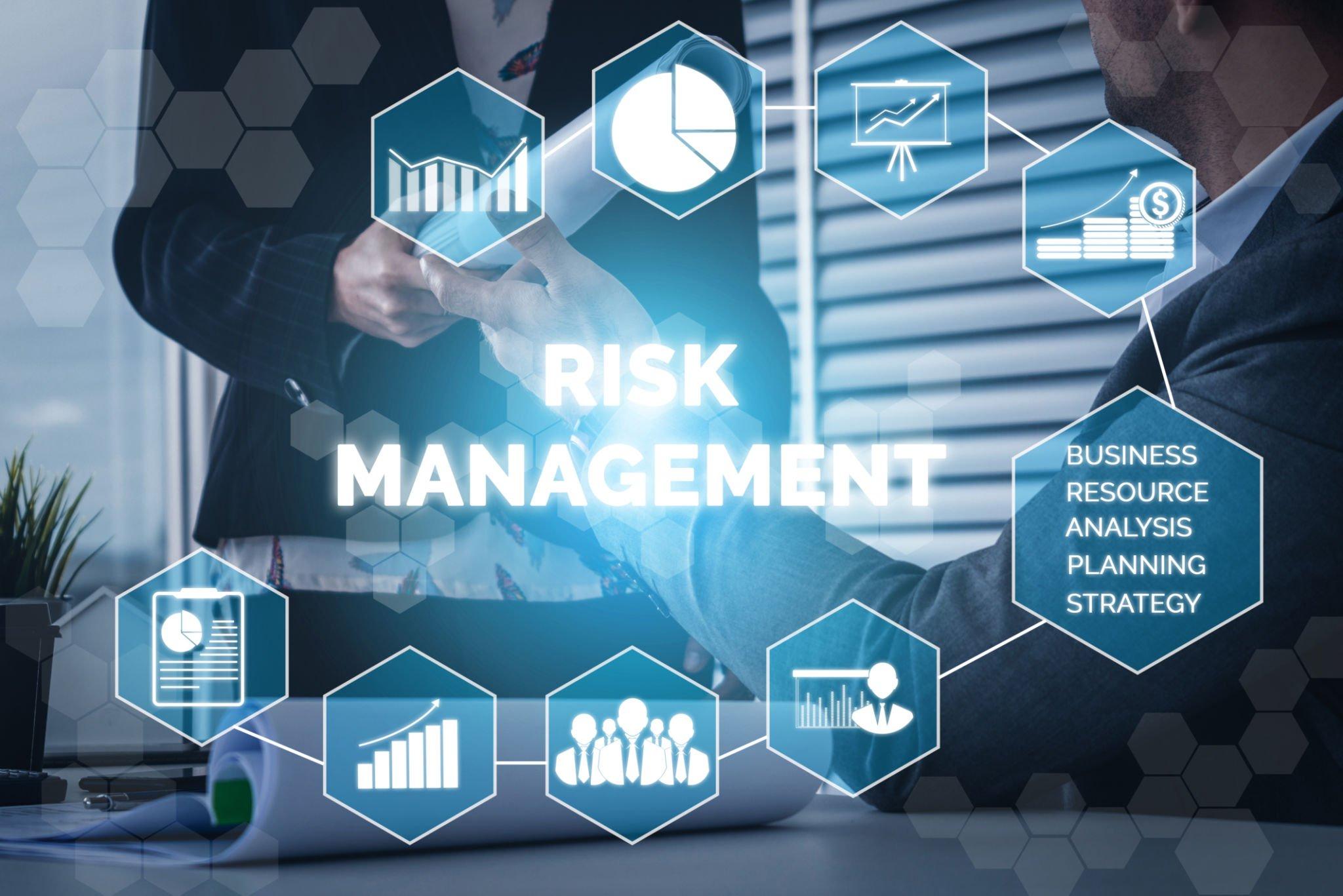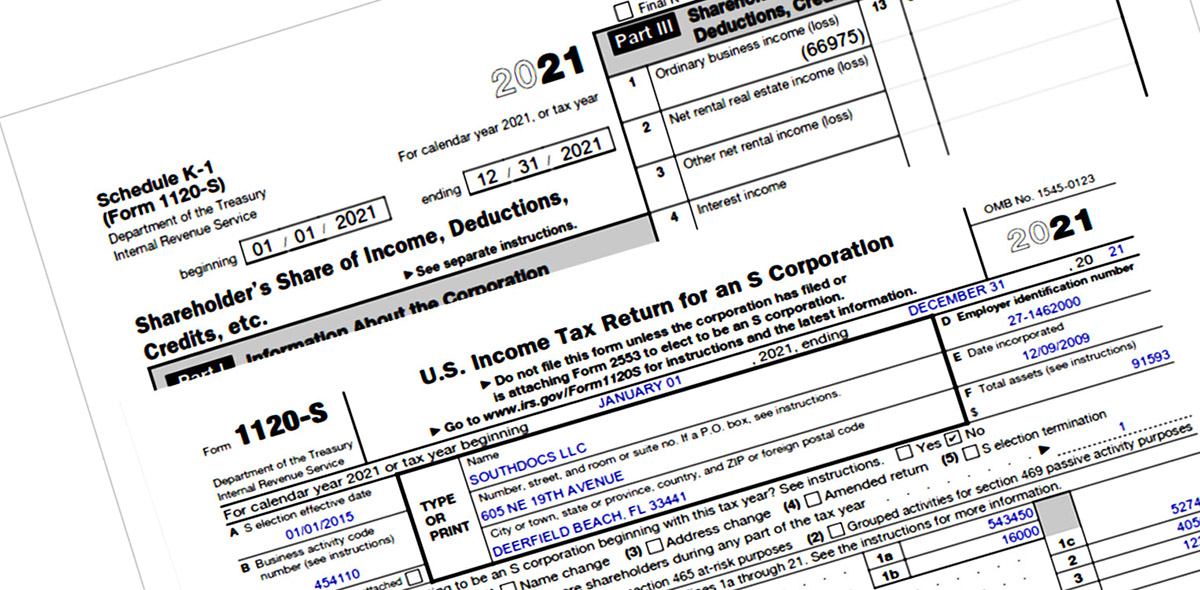

Finance
What Is An Exposure In Insurance
Published: November 22, 2023
Learn about exposures in the insurance industry, their importance, and how they affect your finances. Understand how managing exposures can reduce risks and improve your overall financial security.
(Many of the links in this article redirect to a specific reviewed product. Your purchase of these products through affiliate links helps to generate commission for LiveWell, at no extra cost. Learn more)
Table of Contents
Introduction
In the world of insurance, understanding the concept of exposure is crucial. Exposure refers to the potential risk that an insurer or policyholder faces in terms of financial loss or damage. It is a fundamental concept that plays a significant role in the insurance industry, as it helps insurers assess risk and determine the appropriate premiums to charge.
Insurance exposure can arise from various sources, such as property damage, liability claims, or even the economic conditions of a specific industry. By measuring and managing exposure effectively, insurers can safeguard their financial stability while providing adequate coverage to policyholders.
In this article, we will delve into the concept of exposure in insurance, exploring its definition, types, and significance. We will also discuss how exposure is measured, factors that influence exposure, and strategies for managing exposure. By the end of this article, you will have a comprehensive understanding of the concept of exposure in insurance and its implications for insurers and policyholders.
Definition of Exposure in Insurance
In the realm of insurance, exposure refers to the potential risk that a policyholder or insurer faces, which could result in financial loss or liability. It is the extent to which an individual or organization is vulnerable to adverse events or circumstances that may result in a claim against an insurance policy.
Exposure can arise from various factors, including property damage, bodily injury, professional liability, product defects, natural disasters, and even economic conditions. It is important to note that exposure does not necessarily indicate that a loss will occur, but rather highlights the potential risk that exists.
For example, let’s consider a homeowner who purchases property insurance. Their exposure would be the potential risk of property damage due to events such as fire, theft, or natural disasters. In this case, the insurance policy would provide coverage for the homeowner’s exposure and compensate them for any financial losses incurred as a result of these events.
Similarly, exposure in liability insurance refers to the potential risk of being held legally responsible for causing harm or injury to another person or their property. This could include situations such as a contractor being liable for damage to a client’s property during a construction project or a business facing a lawsuit due to a customer slipping and getting injured on their premises.
Overall, exposure in insurance is a fundamental concept that helps insurers, underwriters, and actuaries assess risk and determine the appropriate premiums to charge. By understanding and accurately assessing exposure levels, insurers can ensure that policyholders are adequately protected while maintaining their financial stability.
Types of Exposures in Insurance
Exposure in insurance can manifest in various forms, depending on the specific risks involved. Here are some common types of exposures in insurance:
- Property Exposure: Property exposure refers to the potential risk of loss or damage to physical property, including buildings, homes, vehicles, equipment, or inventory. Events such as fire, theft, vandalism, or natural disasters can lead to property exposure.
- Liability Exposure: Liability exposure arises when an individual or organization faces the potential risk of being held legally responsible for causing harm or injury to others. It can include bodily injury, property damage, professional errors or omissions, or product liability. Liability exposure is prevalent in industries such as healthcare, construction, and manufacturing.
- Financial Exposure: Financial exposure relates to the potential risk of financial loss due to factors such as economic downturns, market fluctuations, or investment-related risks. It can impact insurance companies, policyholders, and investors alike.
- Business Interruption Exposure: Business interruption exposure pertains to the potential risk of a business facing financial loss or disruption of operations due to events such as natural disasters, fire, or other perils. This exposure is particularly significant for businesses that rely heavily on physical assets or have a high dependence on a specific location.
- Cybersecurity Exposure: With the increasing prevalence of cyber threats, cybersecurity exposure has become a significant concern for businesses and individuals. It refers to the potential risk of financial loss, data breaches, identity theft, or other malicious activities stemming from cyber-attacks or security vulnerabilities.
These are just a few examples of the types of exposures in insurance. It is important for insurers and policyholders to assess their specific risks and exposures accurately to ensure appropriate coverage and risk management strategies are in place.
Understanding Risk Exposure
Risk exposure is a fundamental concept that underlies the insurance industry. It refers to the potential loss or liability that an individual or organization faces due to uncertain events or circumstances. Understanding risk exposure is crucial for insurers, as it enables them to assess the likelihood and severity of potential losses and determine appropriate insurance coverage.
Risk exposure can be categorized into two main components:
- Frequency: Frequency refers to how often a particular event or peril is likely to occur. For example, in the realm of property insurance, the frequency of events such as fire or theft can vary depending on the location and the measures in place to prevent such incidents.
- Severity: Severity relates to the extent of financial loss or damage that may result from an event. In the context of property insurance, severity could be measured by the cost of repair or replacement of damaged property. In liability insurance, severity may be determined by potential legal settlements or judgments.
By evaluating the frequency and severity of risks, insurers can calculate the overall risk exposure of a particular policyholder or a portfolio of policies. This assessment helps insurers determine appropriate premium rates that adequately compensate for the potential losses and maintain financial stability.
It is important to note that risk exposure is not limited to tangible assets or physical risks. It also encompasses intangible risks such as reputational damage, business disruptions, or legal liabilities. Insurers must consider these non-physical risks as well when assessing risk exposure to provide comprehensive coverage to policyholders.
Effective risk management is key to mitigating exposure. Insurers employ various techniques to manage risk, including underwriting guidelines, risk pooling, diversification of investments, and reinsurance. Policyholders, on the other hand, can mitigate their exposure by implementing risk mitigation measures such as security systems, safety protocols, and contractual risk transfer.
Overall, understanding risk exposure is essential for insurers and policyholders alike. By accurately assessing and managing exposure, insurers can provide adequate coverage, while policyholders can make informed decisions to protect against potential financial losses.
Measuring Exposure in Insurance
Measuring exposure in insurance is a critical process that allows insurers to assess the potential risks and quantify their financial impact accurately. The measurement of exposure serves as a basis for determining insurance premium rates and ensuring that policyholders are adequately protected.
There are several methods that insurers use to measure exposure:
- Policy Limits: One common method involves setting policy limits, which define the maximum amount an insurer will pay out in the event of a claim. Policy limits can be set based on factors such as the value of the insured property, the liability risk involved, or specific requirements in the policy.
- Units of Exposure: Insurers often use units of exposure to measure potential losses. This method involves assigning a numerical value to different types of risks. For example, in property insurance, the unit of exposure may be the square footage of a building or the value of its contents. By multiplying the unit of exposure by a predetermined rate, insurers can calculate the premium for the policy.
- Loss Experience: Insurers also analyze historical loss data to measure exposure. They examine claims data related to specific perils, locations, or industries to estimate the frequency and severity of potential losses. This information helps insurers determine the appropriate premiums to charge for coverage.
- Actuarial Models: Actuarial models use mathematical and statistical techniques to estimate exposure. These models consider various factors such as historical data, demographic information, economic indicators, and industry trends to forecast future losses and assess risk exposure accurately.
It is important for insurers to regularly review and update their exposure measurements. As economic conditions, market trends, and other factors change, the level of exposure may fluctuate. Insurers must account for these changes to ensure that policies remain adequately priced.
Furthermore, measuring exposure goes beyond simply quantifying financial risks. It also involves understanding the qualitative aspects of exposure, such as the nature of the risk, the potential impact on policyholders, and the broader market conditions. These qualitative factors help insurers make informed decisions and develop appropriate risk management strategies.
By accurately measuring exposure, insurers can set appropriate premium rates that reflect the level of risk involved and ensure financial stability. Similarly, policyholders can benefit from the accurate measurement of exposure by obtaining the right level of coverage to protect themselves against potential losses.
Factors Affecting Exposure
There are several factors that can influence the level of exposure in insurance. These factors can vary depending on the type of insurance coverage and the specific risks involved. Understanding these factors is crucial for insurers and policyholders to accurately assess and manage exposure. Here are some key factors that can affect exposure:
- Geographical Location: The geographical location of a property or business can have a significant impact on exposure. Areas prone to natural disasters, such as hurricanes, earthquakes, or floods, may have higher property exposure. Likewise, regions with higher crime rates may experience increased risk of theft or vandalism, leading to higher exposure for property insurance.
- Industry and Occupation: The industry in which a business operates and the occupation of an individual can significantly impact exposure. Certain industries, such as construction or manufacturing, may have higher liability exposure due to the inherent risks associated with their operations. Similarly, occupations in fields such as healthcare or professional services may carry higher professional liability exposure.
- Business Size and Revenue: The size and revenue of a business can influence exposure levels. Larger businesses typically have higher property values, more extensive operations, and greater liability risks, leading to increased exposure. Similarly, businesses with higher revenues may face greater financial exposure due to the potential magnitude of losses that could occur.
- Claims History: The claims history of an individual or organization can impact exposure. If a policyholder has a history of frequent or severe claims, it may indicate a higher exposure level. Insurers may adjust premiums accordingly to reflect the increased risk.
- Economic Conditions: Economic conditions can affect exposure in various ways. During periods of economic downturns, businesses may face higher financial exposure due to decreased revenue or increased credit risk. Similarly, changes in interest rates or market volatility can impact exposure levels for insurance companies and policyholders with investment-related risks.
These are just a few examples of the factors that can influence exposure in insurance. Every insurance policy and risk profile is unique, and it is crucial for insurers and policyholders to consider all relevant factors when assessing exposure. By understanding and appropriately accounting for these factors, insurers can accurately price premiums, while policyholders can make informed decisions about their insurance coverage.
Managing Exposure in Insurance
Managing exposure in insurance is a critical aspect of the risk management process for both insurers and policyholders. Effective management of exposure helps mitigate potential losses, protect financial stability, and ensure that insurance coverage is adequate. Here are some strategies and techniques used to manage exposure in insurance:
- Underwriting Guidelines: Insurers establish underwriting guidelines to assess and manage exposure. These guidelines outline the criteria for accepting or rejecting risks, determining appropriate coverage limits, and setting premium rates. By carefully evaluating prospective policyholders based on factors such as the type of risk, claims history, and financial stability, insurers reduce their exposure to high-risk individuals or businesses.
- Risk Pooling: Risk pooling involves combining multiple risks into a portfolio to spread the potential losses across a larger group. By pooling risks, insurers can manage exposure more effectively. This strategy allows insurers to handle losses more efficiently, as the impact of an individual claim is distributed among the members of the pool.
- Risk Transfer: Risk transfer involves shifting all or part of the potential loss or exposure to another party. This can be done through contractual arrangements such as insurance policies, where the insurer assumes the risk in exchange for the payment of premiums. Transferring risk through insurance allows policyholders to protect themselves financially, alleviating their exposure to significant losses.
- Risk Mitigation: Managing exposure also involves implementing risk mitigation measures to reduce the likelihood or severity of potential losses. For example, businesses may invest in security systems, conduct safety training, or implement quality control measures to minimize property damage or liability risks. Taking proactive steps to reduce exposure can result in more favorable insurance terms and lower premiums.
- Reinsurance: Reinsurance is a risk management technique used by insurers to transfer a portion of their own exposure to other insurers. It allows insurers to reduce their overall risk by spreading it across multiple reinsurers. By transferring some of their exposure to reinsurers, primary insurers can enhance their financial stability and capacity to handle larger losses.
Effective management of exposure requires ongoing monitoring and evaluation. Insurers regularly assess their risk portfolios, adjust underwriting guidelines, and review pricing models to ensure that exposure is adequately managed and balanced. Similarly, policyholders should regularly reassess their insurance coverage needs and consider adjusting their policies to align with their evolving risk exposure.
By effectively managing exposure, insurers can maintain financial stability and provide comprehensive coverage to policyholders. Policyholders, on the other hand, can protect their assets, mitigate potential losses, and ensure that they have sufficient insurance protection to address their specific risk exposure.
Examples of Exposure in Insurance
Exposure in insurance can vary across different industries and types of coverage. Here are some examples that illustrate different scenarios where exposure is a key consideration:
- Property Insurance: A homeowner’s exposure in property insurance includes the potential risk of property damage due to events such as fire, storms, or theft. The exposure level depends on factors like the location of the property, its construction quality, and the value of its contents.
- Auto Insurance: In auto insurance, exposure refers to the potential risk of accidents or damage to vehicles. Factors such as the driver’s age, driving record, and the type and value of the vehicles determine the level of exposure. A young driver with a history of speeding violations would have a higher exposure compared to an experienced driver with a clean driving record.
- Professional Liability Insurance: Professionals like doctors, lawyers, and consultants have exposure to liability claims resulting from errors, omissions, or negligence in providing services to clients. Professional liability insurance protects against potential legal costs and damages arising from these claims.
- Product Liability Insurance: Manufacturers and distributors face exposure to liability claims related to defective products that cause injury or property damage to consumers. Product liability insurance covers the potential legal costs and damages associated with these claims.
- Business Interruption Insurance: Businesses may face exposure to financial loss due to interruption of operations resulting from events like fire, natural disasters, or equipment breakdown. Business interruption insurance helps cover the loss of income during the interruption period, allowing businesses to recover from the financial impact.
- Cyber Insurance: With the increasing prevalence of cyber threats, businesses face exposure to data breaches, cyber-attacks, and other digital risks. Cyber insurance covers the potential financial losses, legal expenses, and reputational damage arising from these security incidents.
These examples demonstrate how exposure can vary across different insurance coverage types and industries. Assessing and managing exposure is essential for insurers to determine appropriate premiums, while policyholders benefit from adequate coverage that addresses their specific risks.
Conclusion
Exposure plays a pivotal role in the field of insurance. It refers to the potential risk that insurers and policyholders face, encompassing a wide range of perils and uncertainties. Understanding and managing exposure is crucial for both insurers and policyholders to ensure adequate coverage, mitigate potential losses, and maintain financial stability.
Throughout this article, we have explored the definition of exposure in insurance and the various types that exist, including property, liability, financial, business interruption, and cybersecurity exposure. We have also discussed the factors that can influence exposure, such as geographical location, industry, claims history, and economic conditions.
Measuring exposure involves assessing the frequency and severity of potential losses, either through policy limits, units of exposure, loss experience, or actuarial models. Accurate measurement enables insurers to determine appropriate premium rates, ensuring that they adequately account for the level of risk involved.
Managing exposure is crucial for insurers and policyholders alike. Strategies such as underwriting guidelines, risk pooling, risk transfer, risk mitigation, and reinsurance aid in effective exposure management. By implementing these strategies, insurers can maintain financial stability, while policyholders can mitigate potential losses and protect their assets.
In conclusion, exposure is an integral aspect of the insurance industry. It allows insurers to assess risk, determine pricing, and provide comprehensive coverage to policyholders. Policyholders, in turn, benefit from adequate protection against potential losses and can make informed decisions regarding their insurance needs.
By understanding exposure and its implications, insurers and policyholders can navigate the complex landscape of insurance with greater confidence, ensuring that they are adequately protected against the uncertainties of life and business.














